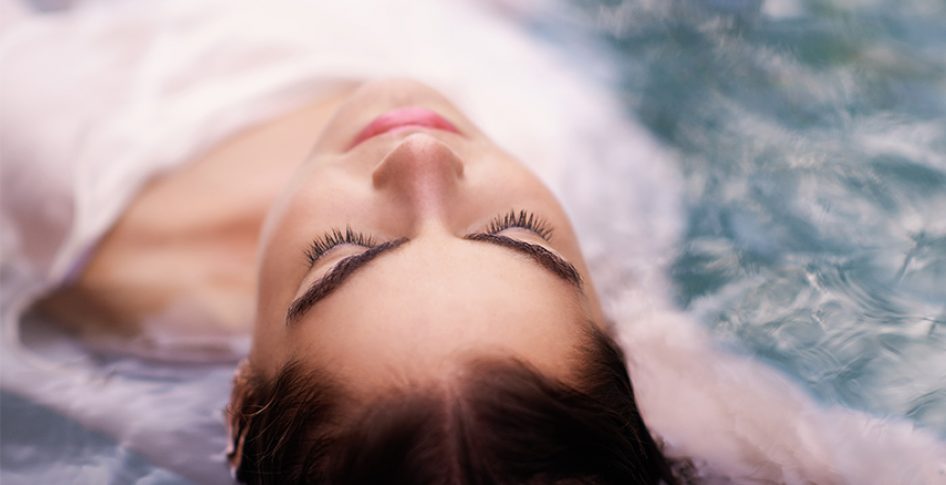How to Reduce Large Pores

Let’s talk about a common and distressing complaint—large pores. Almost everyone wants what dermatologists call “refined” skin, meaning smooth, acne free and with small, almost invisible pores.
How to Reduce Large Pores
Before we get into medical and procedure treatment for acne, let’s talk about a common and distressing complaint—large pores. Almost everyone wants what dermatologists call “refined” skin, meaning smooth, acne free and with small, almost invisible pores.
Pores are actually the openings onto the skin for sebaceous glands, which produce the oil that keeps skin supple and protected. They are more noticeable on parts of the face, like the nose, forehead and chin, where the sebaceous glands are bigger. To a large degree, pore size is determined by genetics and skin type. Typically, fair-skinned people have pores on the small side; those with olive or darker skin have larger pores. Dry skin tends to have smaller pores, while oily skin often has pores that are more visible.
Other factors can influence pore size. Dead skin cells, oil and melanin pigment which do not shed normally form a blackhead and can stretch out pores. Chronic sun exposure, smoking, exposure to environmental toxins or simple aging weakens the collagen and elastic fibers that surround and support pores and keeps them tight, so pores become larger. Picking at or squeezing a pimple can permanently widen the pore. Therefore, to a certain extent, you have to accept what you were given. However, there are things that that you can do, both at home and in your dermatologist’s office, to minimize the appearance of your pores.
The key to making pores appear smaller is to keep them clear. Use moisturizers, makeup and sunscreens labeled “non-comedogenic” on the packaging. Avoid “all day wear” or “full coverage” foundations and only use waterproof or sweat-proof sunscreens when you actually are in the water or sweating profusely, as these can clog pores. Look for silicone-based moisturizers, like ones including cyclomethicone. Avoid products containing petrolatum and mineral oil, both of which may irritate pores and make them look bigger. Mineral powder applied with a brush can temporarily make pores look smaller, but because the brush packs the powder down into the pore, it can actually enlarge them in the long run. A better option is to apply mineral powder with a sponge or use a water-based, non-comedogenic liquid foundation. Apply a silicone-based foundation primer under your makeup. Primers temporarily fill in the pores without clogging them, so when you apply mineral powder with a sponge or a liquid foundation, your pores will appear smaller. Of course, I recommend our Antioxidant Mineral Powder, which you apply with a sponge, and both Smashbox and Benefit make excellent silicon based primers.
Always wash your face before bed to prevent the day's dirt and makeup from dogging pores. Cleanse your face before and after working out, since sweat can carry cosmetics and cell debris into pore openings, where they can plug and stretch the pores. Use a 2% Salicylic Acid based cleanser, like our Clear Skin Wash or Neutrogena Oil-Free Acne Wash. Salicylic Acid penetrates deep into pores to help clean them out and helps prevent acne too.
Exfoliating is also crucial, since it removes pore-enlarging dead cells and embedded oil from the skin's surface. You can exfoliate daily if your skin is oily, and not sensitive, and one to three times a week if your skin is sensitive. In general, for enlarged pores and acne, an exfoliant gel or mask containing both Salicylic Acid and an alpha hydroxy acid such as Glycolic Acid or fruit enzymes is preferable to an exfoliant with beads or granules. My favorites are our Clarifying Gel Mask, and Murad’s Exfoliating Acne Treatment Gel. Remember when you exfoliate, you need to use a non-comedogenic sunscreen daily, since removing dead cells can make skin more sensitive to UV light.
Prescription treatments include the retinoids Retin A, Retin-A Micro, Tazorac and Differin, all of which will help improve enlarged pores and also treat acne if present. In-office glycolic or salicylic acid peels are also helpful for enlarged pores, blackheads and acne. More aggressive and long lasting treatments include a series of Clear + Brilliant Laser resurfacing treatments, which help increase collagen around the pore, thereby tightening it.
Though you cannot change your skin type, you can improve it.